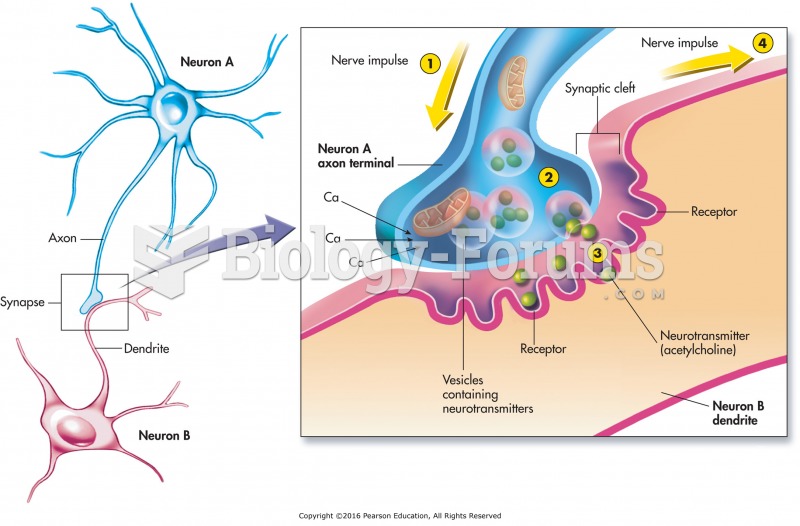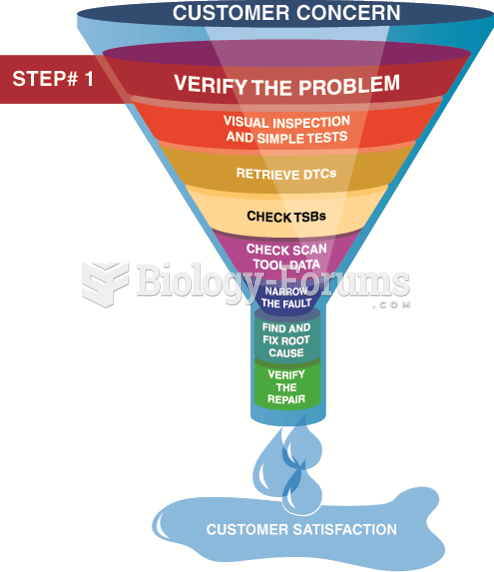Answer to Question 1
(Note: Effective responses should not be graded strictly on a verbatim recitation of the eight steps listed in the text, but rather on a general reflection on the key concepts of a collaborative discussion.)
1 . Analyze the situation requiring collaboration: A party seeking to collaborate should first have a clear understanding of what the problem is from his or her point of view, whether collaboration is appropriate, what he or she hopes to accomplish through collaboration, and how he or she may encourage the other party to collaborate.
2 . Invite the other party to collaborate: A party must find a supportive way to encourage the other party to collaborate. This includes using I-statements instead of you-statements and acknowledging that the other party has legitimate concerns as well.
3 . Express your concerns: The party wishing to collaborate should state in preliminary fashion the situation requiring collaboration as he or she sees it in the most objective terms possible.
4 . Listen and seek to understand: Take time to ensure that each party has had the opportunity to fully express his or her concerns and that each party has been fully understood from his or her frame of reference. Listening for content and feelings and providing empathetic responses are key skills for doing this.
5 . Define the problem: Define the problem in a way that captures both party's concerns and that does not impose a solution.
6 . Brainstorm and explore possible solutions: This process involves brainstorming all possible solutions that may resolve the situation, evaluating the merits of each proposed solution, and refining the proposed solutions to identify the best possible solution to the problem.
7 . Commit to a solution: The parties must explore whether the proposed solution is something to which they can commit. They may need to test each other with appropriate questions to be sure there is nothing that will prevent them from following through on the agreements reached.
8 . Implement and monitor the agreement: The parties must have mechanisms in place for ensuring that each party is following through on the commitments reached, revising elements of the agreement as necessary, and revisiting the whole collaboration process if the parties find that they had not adequately defined the problem in the first place.
9 . Foster the relationship: The parties should evaluate what worked and what did not work well in the collaborative discussion as a means for fostering and maintaining a positive relationship for future collaborations.
Answer to Question 2
C
 Cirrhosis. Cirrhosis is characterized by a chronic deterioration of the liver, replacing healthy cel
Cirrhosis. Cirrhosis is characterized by a chronic deterioration of the liver, replacing healthy cel
 The chemical synapse. Step 1: The impulse travels down the axon. Step 2: Vesicles are stimulated to ...
The chemical synapse. Step 1: The impulse travels down the axon. Step 2: Vesicles are stimulated to ...





